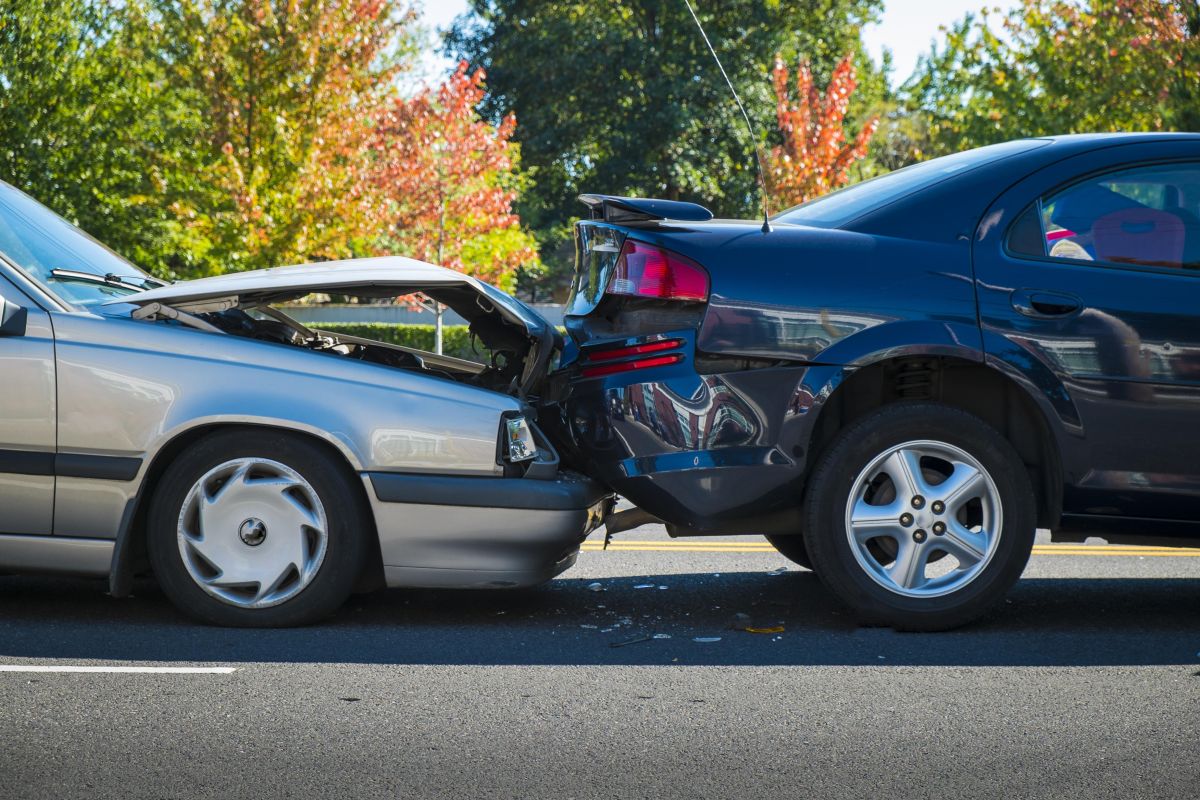The National Highway Traffic Safety Administration (NHTSA) on April 29 announced it has finalized a new rule that will make automatic emergency braking (AEB), including pedestrian AEB, standard on all passenger cars and light trucks by September 2029, in a bid to significantly reduce rear-end and pedestrian crashes.
NHTSA projects the new Federal Motor Vehicle Safety Standard will save at least 360 lives a year and prevent at least 24,000 injuries annually.
AEB systems use sensors to detect when a vehicle is close to crashing into a vehicle or pedestrian in front and automatically applies the brakes if the driver has not. Pedestrian AEB technology will detect a pedestrian in both daylight and in darker conditions at night. The NHTSA said the new standard will significantly reduce injury or property damage and associated costs from these crashes.
The new standard requires all cars be able to stop and avoid contact with a vehicle in front of them up to 62 mph, and that the systems must detect pedestrians in both daylight and darkness. In addition, the standard requires the system apply the brakes automatically up to 90 mph when a collision with a lead vehicle is imminent, and up to 45 mph when a pedestrian is detected.
This final rule applies to vehicle weighing 10,000 pounds or less, which includes nearly all U.S. light vehicles.
The vast majority of light vehicles sold in the U.S. already come equipped with the feature. In December 2023, it was announced 20 automakers had fulfilled a voluntary pledge they signed in 2016 to equip nearly all the light vehicles they produce for the U.S. market with AEB. The list included Toyota, Honda, Ford, GM and Stellantis. That pledge had been brokered by the NHTSA and the Insurance Institute for Highway Safety.
In June 2023, NHTSA and the Federal Motor Carrier Safety Administration announced a separate notice of proposed rulemaking that would require heavy vehicles, including tractor trailers, to have AEB, which the agencies are in the process of finalizing.
“The new vehicle safety standards we finalized today will save hundreds of lives and prevent tens of thousands of injuries every year,” said U.S. Transportation Secretary Pete Buttigieg.
“Automatic emergency braking is proven to save lives and reduce serious injuries from frontal crashes, and this technology is now mature enough to require it in all new cars and light trucks," said NHTSA Deputy Administrator Sophie Shulman. "In fact, this technology is now so advanced that we’re requiring these systems to be even more effective at higher speeds and to detect pedestrians."













